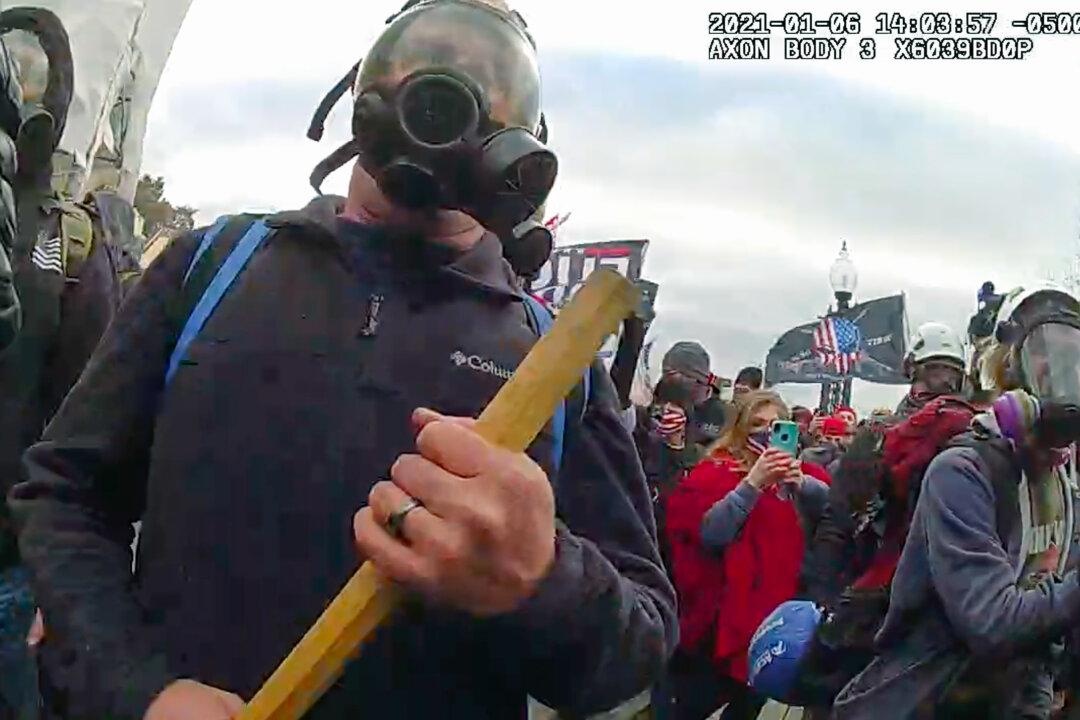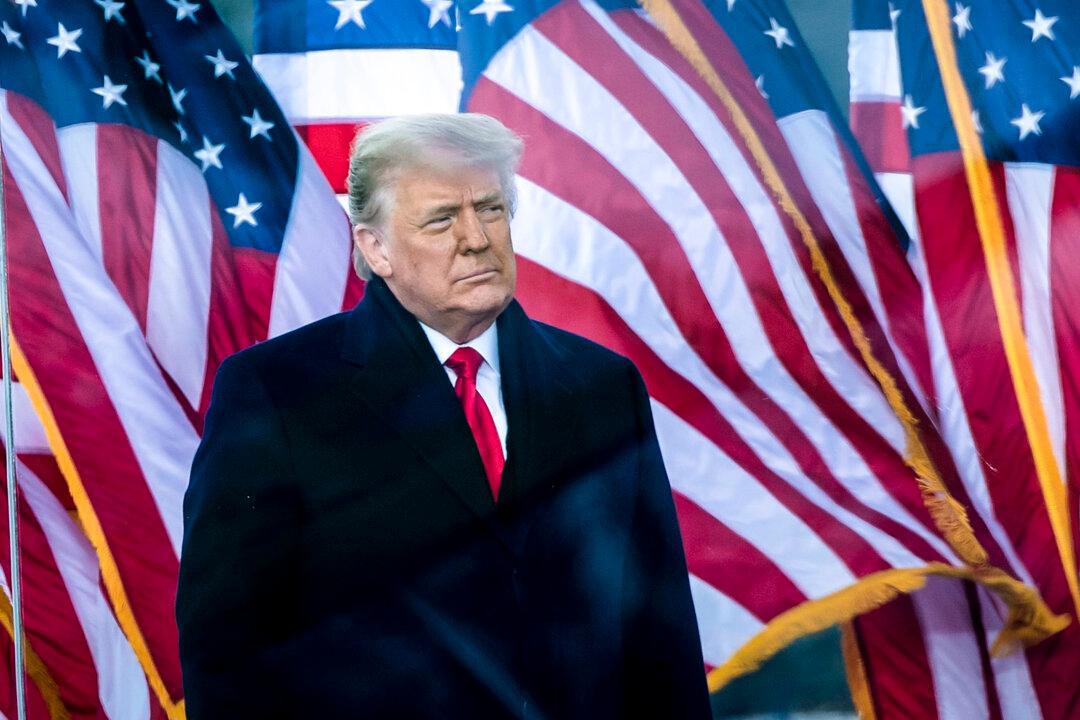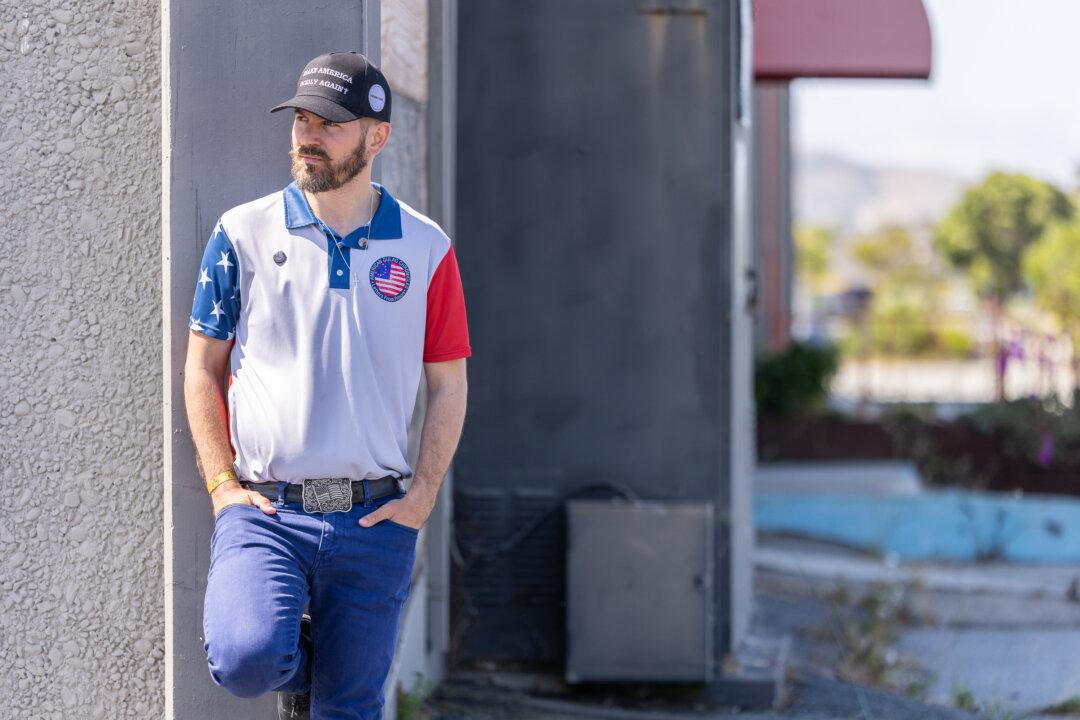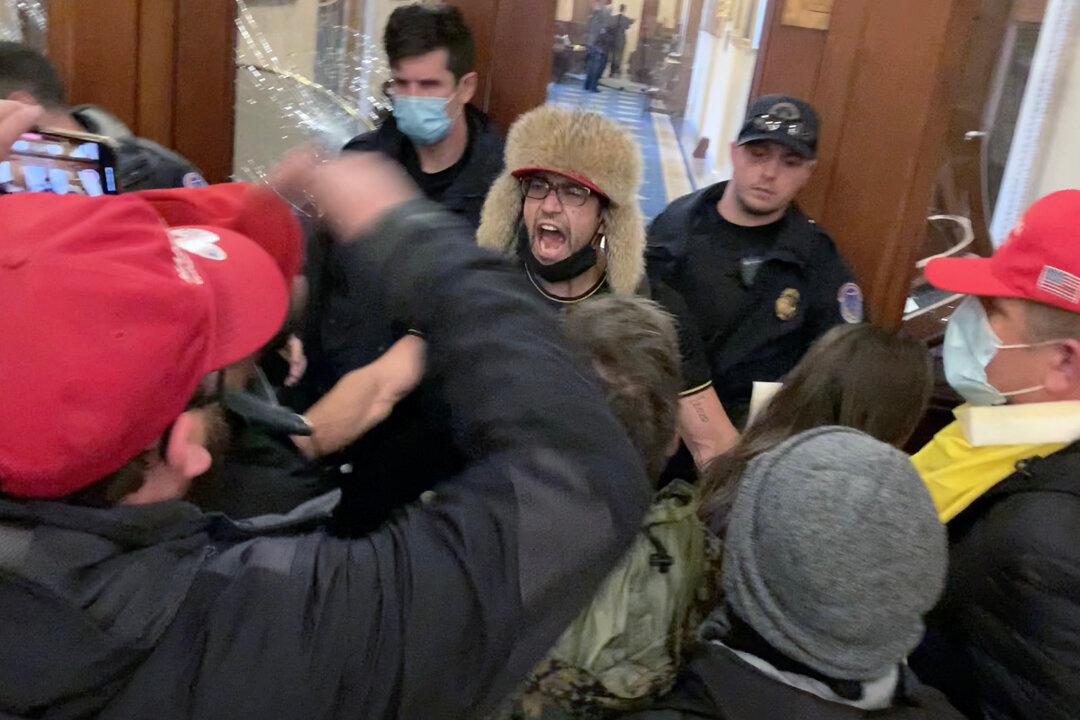The U.S. Department of Justice has withheld thousands of hours of video recorded at the U.S. Capitol on Jan. 6, 2021, from January 6 criminal defendants, and U.S. Capitol Police might have held back more than 1,300 hours of security video from a congressional oversight committee, a new federal court filing alleges.
“Concealment of the Capitol CCTV is fueling public speculation that there is more to January 6 than is being reported.”
Pope, who is representing himself, is seeking full access to the U.S. Department of Justice evidence database so he can use it in his defense.
“Despite hundreds of January 6 CCTV clips now being public, Mr. DiBiase still believes other footage from those same cameras must be hidden from the American people,” Pope wrote.

“He believes hiding footage is a bigger national security priority than maintaining the public’s trust. And in an effort to keep this footage hidden from the American people, he has issued a second declaration that on many points contradicts his first.”
The Epoch Times asked DiBiase for comment on Pope’s court filing and his contentions, but has yet to receive a response.
Based on DiBiase’s 2023 document, Pope contended that Capitol Police might have withheld more than 1,300 hours of security video from the now-defunct January 6 Select Committee, and the 2023 Committee on House Administration.
Those committees were given 12,671 hours of video, while the 2021 Senate Rules Committee, the 2021 Committee on House Administration, the FBI, and the Metropolitan Police Department were given more than 14,000 hours, Pope’s document stated. The figures represent Capitol security video from noon to 8 p.m. on Jan. 6.
The January 6 Select Committee and the 2023 Committee on House Administration were not initially given security video from outside cameras for the period of 6 a.m. to noon on Jan. 6, and were given no footage from before 6 a.m. or after 8 p.m., Pope reported.
Based on a later request from the Select Committee, Capitol Police provided footage from all interior cameras in the Capitol, and the Canon, Longworth, and Rayburn office buildings for Jan. 3–6, resulting in 28,386 video hours being added, for a total of 41,057 hours.
DiBiase made significant changes in his second declaration, published in March, from his first version, created in March 2021, Pope said.

Chief among them is a reduction in the number of reported video hours provided to Congress, from the original figure of more than 14,000 hours to 12,671 hours in the second report. No explanation for the difference has been provided, Pope said.
Based on DiBiase’s March 17 report, footage not provided to the current Congress included three Senate office buildings, exterior Capitol cameras prior to noon on Jan. 6, Capitol Visitor Center for Jan. 3–4 or before noon on Jan. 6, House office buildings after noon on Jan. 6, Capitol interior cameras prior to 6 a.m. on Jan. 6, and no footage at all after 8 p.m. on Jan. 6.
Pope estimated that cameras from the Capitol interior, Visitor Center, and exterior locations should have generated an estimated 152,052 hours of video from Jan. 3–6, 2021.
“But where is this footage?” he asked. “Does it exist? And does the Department of Justice have a copy? These questions remain unanswered.”
Video Hidden From Defendants
It is “alarming” that even the 12,671 hours of video provided to congressional committees “far surpasses” what has been shared with Jan. 6 criminal-case defendants, Pope wrote.Prosecutors have provided the equivalent of 361 days—or 8,664 hours—of video to those charged with crimes from Jan. 6, Pope wrote. That is well short of the 12,671 hours—or 528 days—of video given to Congress.
Those totals include Capitol security footage, MPD security cameras, U.S. Secret Service cameras, and bodycam footage from MPD, Arlington County, Fairfax County, Montgomery Police, and Virginia State Police, Pope said.

Pope said that based on an index of security video provided to him in November 2022 by the DOJ, it appears the equivalent of 827 security cameras has been omitted from discovery evidence given to Jan. 6 defendants.
Federal prosecutors have not yet responded to Pope’s latest filing. The next hearing in Pope’s case is set for April 13.
“As a defendant, I can confirm that I have received no such compilation in my case-specific discovery, and I am unaware of these videos being produced in global discovery,” Pope wrote.
The DOJ system for providing exculpatory evidence to defendants is a “discovery haystack consisting of millions of files, which makes it enormously difficult to find and sort the relevant from the irrelevant,” he wrote.
The failure to provide proper discovery evidence “could result in defendants being wrongly convicted simply because they or their attorneys were not able to locate key exculpatory evidence.”





